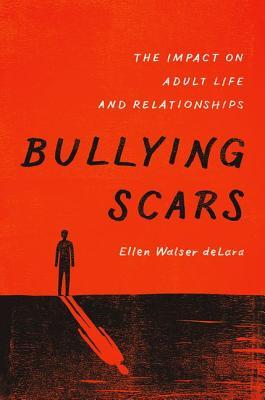metascribe quoted Bullying Scars by Ellen Walser deLara
[ . . . ] some studies show children with insecure attachments are more likely to bully their peers or be bullied (Eliot & Cornell, 2009; Ireland & Power, 2004; Walden & Beran, 2010). Further, children who have less attachment to peers are more likely to be both bullies and victims of bullying (Burton, Florell, & Wygant, 2013; Nikiforou, Georgiou, & Stavrinides, 2013). [ . . . ] When a child is acting out or acting as a loner or being different in an appreciable way, the child is typically subject to bullying and harassment. This action is not just meant to be mean but also meant to modify the child's behavior or manner of presentation to fit in with the majority (Garbarino & deLara, 2002; Pellegrini & Bartini, 2000; Sarason, 2001). As Dixon (2007) states, "ostracism enables the group to police uncooperative individuals to the benefit of the group as a whole," [...]
— Bullying Scars by Ellen Walser deLara (Page 134 - 135)
It is interesting to see that pre-existing attachment styles for children affects their peer relationships. It's notable that it is largely peers that mirror insecure attachment styles that engage in mutual, if lop-sided, bullying, rather than those with diametrically contrasting attachment styles. This suggests that, although it may be true that attachment styles may send signals to peers about the prospects of predictable cooperation and collaboration with the group, this is not enforced or sanctioned by those who are already capable of having such cooperative or collaborative relationships due to more secure attachment styles. It would seem, then, that bullying is not so much a process for enforcing cooperation/collaboration, but a process for reinforcing social positioning and status within the group. That is, the group must value the positioning of its members enough to be willing to accept or engage in internal conflict.
Those with insecure attachment may play both roles for the group, as tools for "putting others in their place" in the group and as victims of bullying due to the way their insecure attachment makes it difficult to accurately perceive and assess, therefore manage and negotiate, their social positioning or role in the group. It is important to note that this proxy enforcement of role/status or position backfires by reducing social cohesion and reducing prosocial attitudes long-term for the group as a whole, undermining healthier social strategies for every member. The inability to associate with a different group, especially when a child has been ostracized, only makes this worse. Cases in which parents are aware of what is happening and have move their children to other schools have sometimes lead to improvements for that child.

